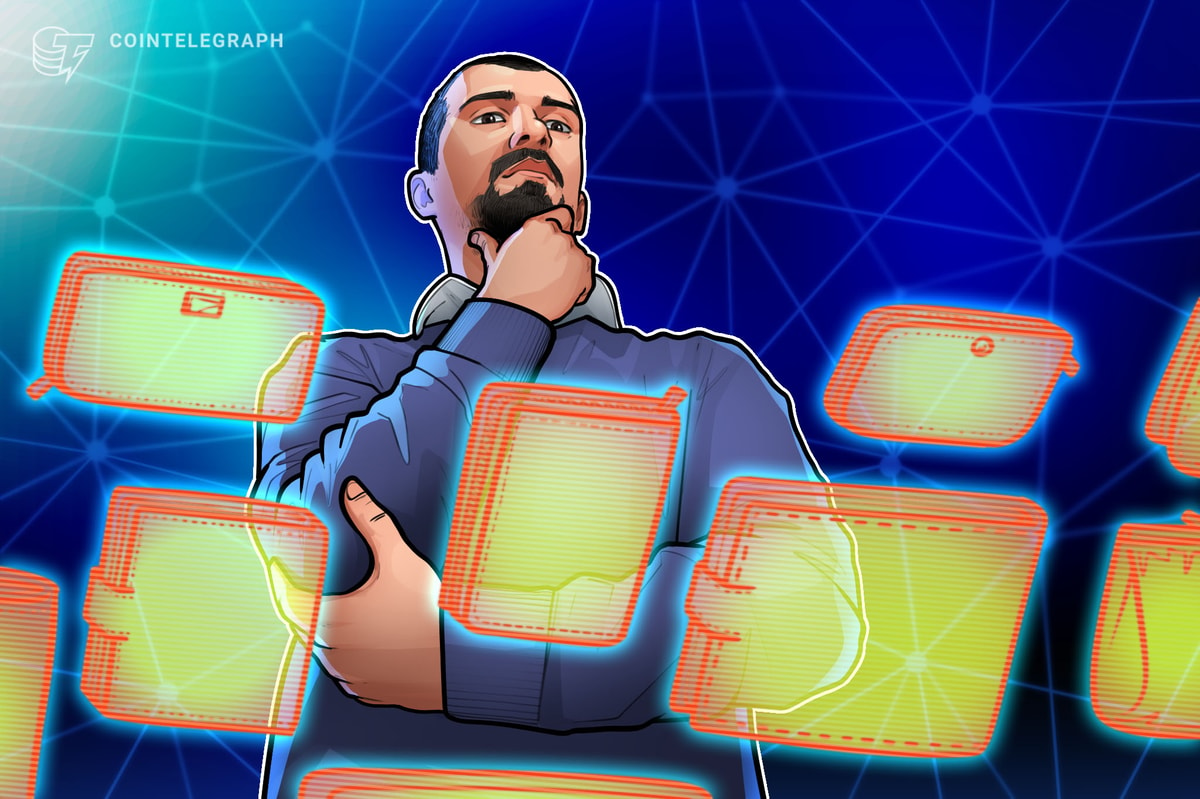Highlights:
- The first Bitcoin-backed synthetic dollar USDh will soon be launched with a yield of up to 25%. In analogy to EthenaUSD on Ethereum, this yield is derived from Bitcoin futures funding rates and is supposedly sustainable due to the structural demand for long leverage.
- Active accounts on the Bitcoin layer-2 network Stacks reached a new all-time high of 122,497 in April amid growing interest in Bitcoin DeFi.
- Zircuit Staking passed the $3 billion mark in TVL after a 65% MoM growth. The protocol allows users to stake ETH, LSTs (Liquid Staking Tokens), and LRTs (Liquid Restaking Tokens) to earn Zircuit Points. These points will later be migrated from Ethereum to the Zircuit mainnet. Anticipation of the mainnet launch alongside collaborations with Ether.fi and EigenLayer were key growth drivers for Zirkut this month.
Forecast
If the overall crypto market remains weak, alternative yield-generating strategies such as restaking, liquid restaking, and BTCfi protocols are likely to keep their momentum. Restaking and liquid restaking can give substantive returns even in weaker markets because staking the same asset several times exponentiates the yield earned on it.
Sentiment
BTCFi, as well as restaking and liquid restaking protocols, are solidifying their roles as alternative sources of yield in the DeFi sector. We attribute the growth of these sectors to their potential to preserve liquidity while generating competitive yields.
Analysis
The BTCFi sector showed significant growth over the last month, exemplified by the Merlin Chain, whose TVL surpassed $1 billion. This 240% increase during the reviewed positioned Merlin in the top 10 chains on DefiLlama.

Its growth was driven by the introduction of the SolvBTC token to the ecosystem, which attracted over 14,000 BTC in capital. To stimulate these inflows, Merlin Chain and Solv initiated an incentive scheme. It offers rewards of 400,000,000 Solv Points and 2,000,000 $MERL tokens to the most active participants and biggest stakers. SolvBTC is a part of the Solv Protocol, which operates as a decentralized asset management infrastructure. Users deposit their wrapped BTCs (such as WBTC, M-BTC, BTCB) into the protocol for the yield earning programme and receive a SolvBTC token that operates across multiple chains such as Ethereum, Arbitrum, BNB Chain, and the Merlin Chain. Users’ funds are stored in Trading Strategy Vaults, which are enhanced multi-signature wallets likely controlled by the advisory council. This council consists of key investors, core team members and external observers. The vaults have some basic rules and restrictions preventing misuse of funds. SolvBTC provides a yield between 5 and 10% to its holders, which is derived from funding rate strategies, cross-exchange arbitrage (e.g., Binance, Bybit, GMX) and other yield-bearing tokens or assets (e.g., U.S. Treasuries, sDAI, etc.). Similarly to the currently popular liquid staked tokens on Ethereum, SolvBTC can be traded on both DEXs and CEXs, serve as collateral for borrowing or be lent out on platforms such as Avalon Finance on Merlin Chain.

The Solv protocol’s governance and operational decisions involve a decentralized autonomous organization (DAO) and advisory council for asset selection and strategy implementation. However, there is a significant allocation of SOLV governance tokens to early investors and the development team. 20% of the tokens are allocated to institutional investors, and 15% to the initial developer team, giving these groups substantial influence over governance decisions. Besides this, there have only been 4 published voting proposals, suggesting that most decisions are not yet handled by the DAO.
Another growing DeFi trend over the last month has been liquid restaking. After Eigen Layer’s initial success with the restaking concept, a user base for liquid restaking has started to emerge. The liquid restaking market has a TVL of more than $11 billion as of May 20th and is expected to grow further. While in liquid staking, users receive tokens that represent their staked assets and make them tradeable and transferable; liquid restaking applies this concept to assets that have been staked several times over on different chains. This means that not only do the assets remain liquid, but they also contribute additional security and functionality across multiple platforms or operations. The most popular liquid restaking protocols are Ether.fi stake with $4.5 billion TVL, Renzo with $3.2 billion and Puffer Finance with 1.4 billion. EigenLayer’s SubDAO for liquid restaking, EigenPie and KelpDAO are running up with around $800 million each.

Staking on the Ethereum base chain itself offers annual percentage yields (APY) of 2-7%, depending on network conditions. With liquid restaking protocols, users can use their staked ETH (as liquid tokens) on several networks to receive the additional restaking rewards presented on top. ETH can either be deposited directly or as a liquid staking token such as Lido’s stETH or RocketPool’s rETH. These assets are then restaked to mint tokens such ezETH (Renzo), eETH (Ether.fi) and others. Users can utilize the newly minted tokens in lending protocols, liquidity pools, or as collateral for borrowing.

The total APY achievable from liquid restaking depends on the staking APY, the restaking APY and the yield from additional DeFi activities with the restaking token. However, while these iterative activities can exponentiate yields, they also come with increased exposure to risks related to smart contracts, node failure, and other complexities of interdependent DeFi investments.









